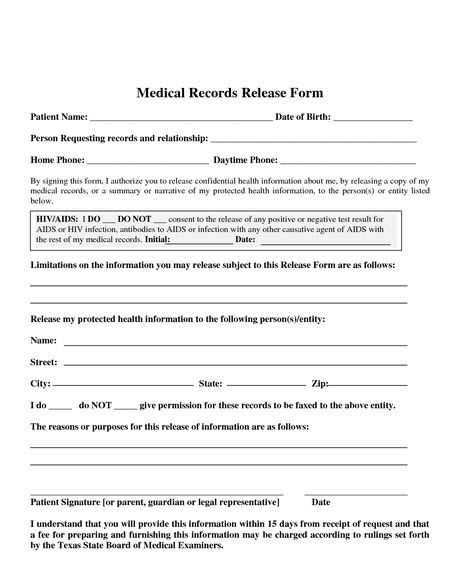

However, the specific details associated with fees for medical record requests get decided at a state level.įor example, Ohio Revised Code Section 3701-742 defines two different fee buckets…įees for requests from a patient or patient’s personal representativeįees for requests from a person or entity other than a patient or patient’s personal representative Yes, HIPAA is the main law that grants patients the right to request copies of their PHI and provides additional details on that type of engagement. In fact, some hospital systems receive so many requests from their patients that they have entire departments devoted to the task. On a small scale, medical record requests are easy to fulfill and the facilities that receive them won’t see much of a negative impact on their bottom line.īut for large healthcare facilities that see thousands of patients per day, this process costs a lot of operational dollars. However, if the record that a patient requested is older it might require sorting through filing cabinets to find a physical copy.Įither way, when a medical record request happens an employee needs to stop what they’re doing and spend company time looking for it, obtaining it and sending it.

The first way is for an authorized employee at the healthcare facility to log in to their electronic health record (EHR) system and looks through the specific patient record. There are two ways of providing this information. Well, the reality is that this type of request requires a bit of work. This is a no-brainer, right? I mean, it’s their medical history after all.


 0 kommentar(er)
0 kommentar(er)
